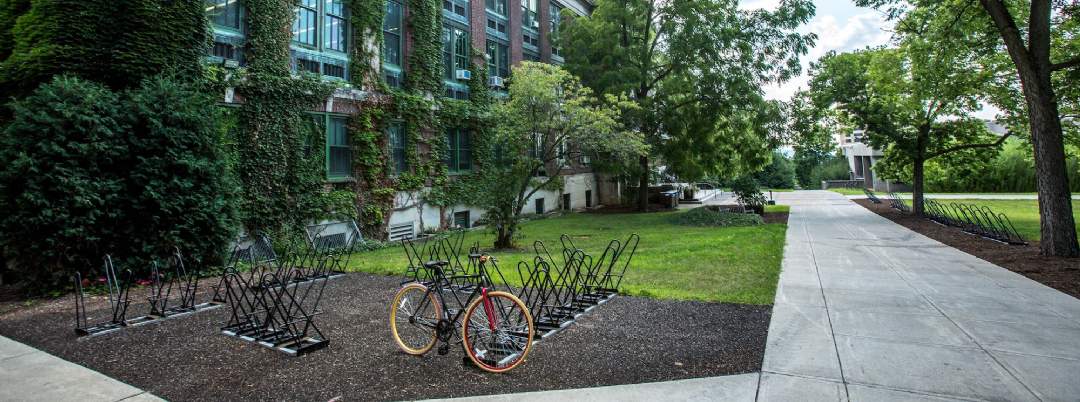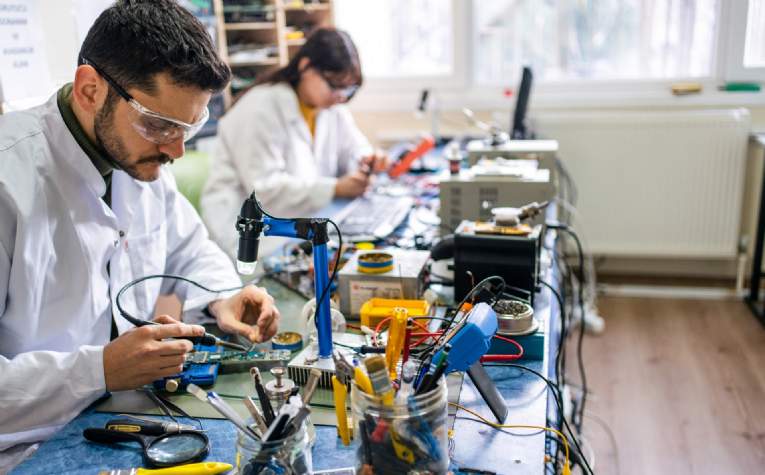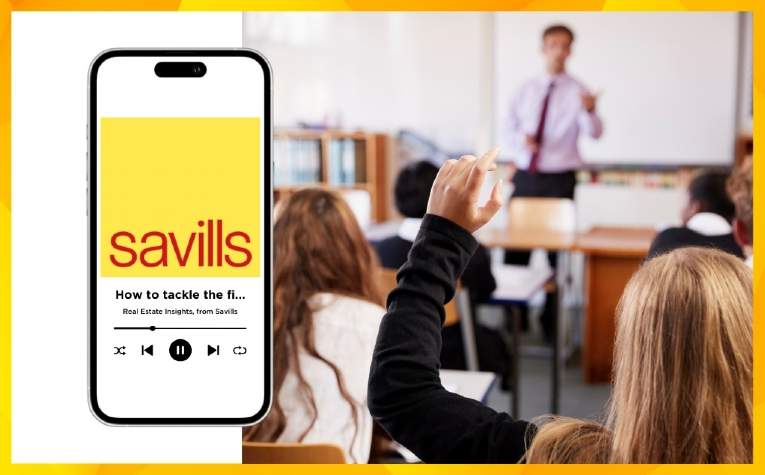It is perhaps no surprise that the lasting impacts of the pandemic are still being felt, especially among the young people who were preparing to take their exams when Covid-19 hit. In June, The Guardian warned of a crisis facing this ‘forgotten Covid cohort’, whose social skills and academic self-esteem have been massively affected by lockdown.
How, then, can the built environment help ease this rise in anxiety and loneliness across the demographic? Especially when a recent study by mental health charity Humen found that more than two in five students did not think their institution prevented these problems from arising.
This has been further compounded by economic factors facing universities. Many are revising new building developments, or even putting them on hold altogether. While the desire to support students through this new set of challenges is there, squeezed budgets and reduced revenues is making this increasingly difficult. With this in mind, higher education institutions need to be innovative with the real estate footprint they already have.
One way to do this is through the repurposing of existing space. As we know there is a clear connection between a student’s sense of belonging and their mental health, making the building of friendships key. For instance, the University of Reading, which tops Humen’s mental health league table, has placed particular focus on helping students to socialise. Reading’s student services observed that students were seeking more comfortable, quieter spaces in which to find friends, making the campus nightclub noticeably less popular.
Single-purpose spaces like nightclubs could work much harder by becoming comfortable, cosy hang out spots during the day, simply by introducing soft furniture that can be stored or moved in preparation for the evening. Also, switching alcohol for hot drinks ensures the clubs remain a commercial enterprise for the student union.
Neurodiversity must also be considered. For students already under a high amount of pressure from studies and dealing with the cost of living, adding environmental stresses to the mix can be nothing short of overwhelming.
KKS Savills has worked with universities, alongside their diversity and inclusion groups, to find possible solutions. One option is to provide a low stimulus room offering a sensory break to those who need it. Featuring muted textures, colours and sounds, such rooms allow individuals experiencing panic attacks or sensory overload to retreat to a private area shielded by planting and curtains. They require limited construction and can also repurpose under-utilised space within an existing learning hub.
The inter-connecting space between university buildings is another opportunity to provide a safer, more accessible and inclusive experience. A report co-authored by Arup and the University of Westminster points out that the experience is by no means equitable. A considered approach to landscaping and wayfinding can transform the campus from expansive and uncomfortable to more broken up and intimate. For example, by repositioning street furniture to face each other, rather than out onto a vista and introducing planting as visual breaks are two simple ways to transform exterior spaces.
Ultimately, as young people adapt to a life post-Covid-19, universities needn’t shy away from providing space in which to support them, even on a tight budget. It’s not only the students who need to work hard, but the existing space around campus too.



.jpg)
.jpg)
.jpg)
.jpg)
.jpg)
.jpg)
.jpg)
.jpg)